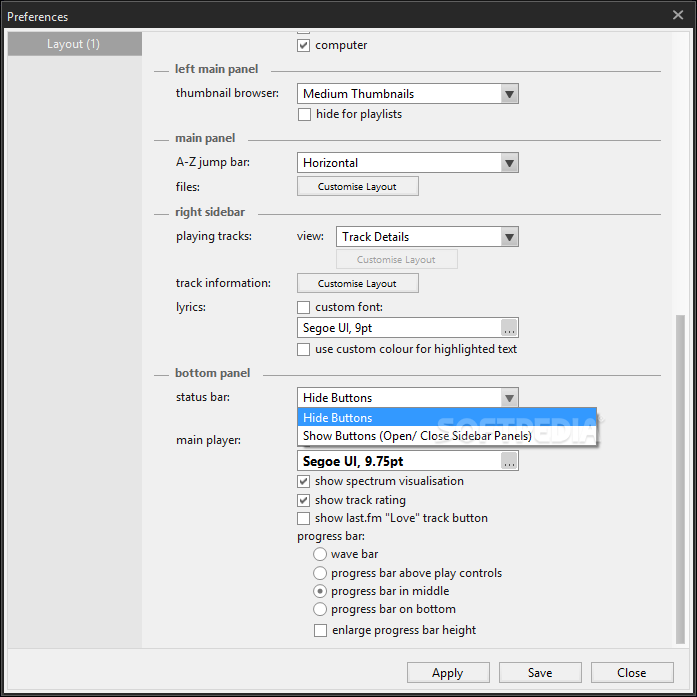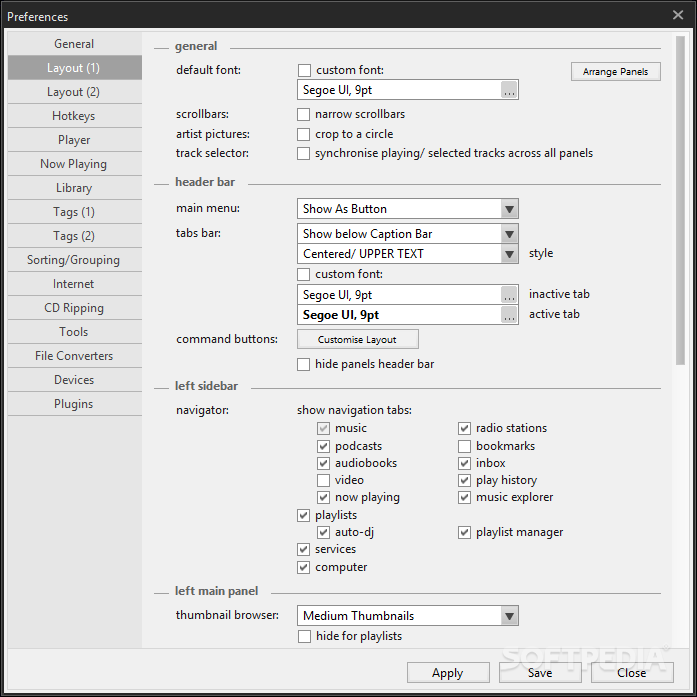

Playing music in MusicBee is a real joy not only does it search for album artwork to display while you're listening, it also tracks down pictures of the artist and song lyrics, which it rotates during playback. Speaking of file formats, MusicBee can also convert audio files if you'd like to keep them consistent or encode them in a format suitable for other devices. MusicBee's automatic tagging system is superb, withr industry-standard templates for all kinds of audio files, but you can also dive in and edit tags manually. Once that's done, you're ready to start tagging to complete missing metadata and get them all properly organized. The files will be indexed, but won't actually be moved unless you select that option manually. ( Default: ticked (all)) Unticking any of them will disable MusicBee's confirmation dialog for that action.Importing your music library to MusicBee is easy, and if you currently use either iTunes or Windows Media Player there's a simple wizard to automate the process. To activate this setting or change file types, you need to run MusicBee as an administrator.

( Default: ticked, except for portable installations) MusicBee is made the default music player for the ticked extensions - double clicking a file from Windows Explorer will play the file in MusicBee, and right clicking the file will provide options to play the file now, queue it next or queue it last. Show Track Information ( Default: single click)įile types enable MusicBee in Windows Explorer and context menus.



 0 kommentar(er)
0 kommentar(er)
